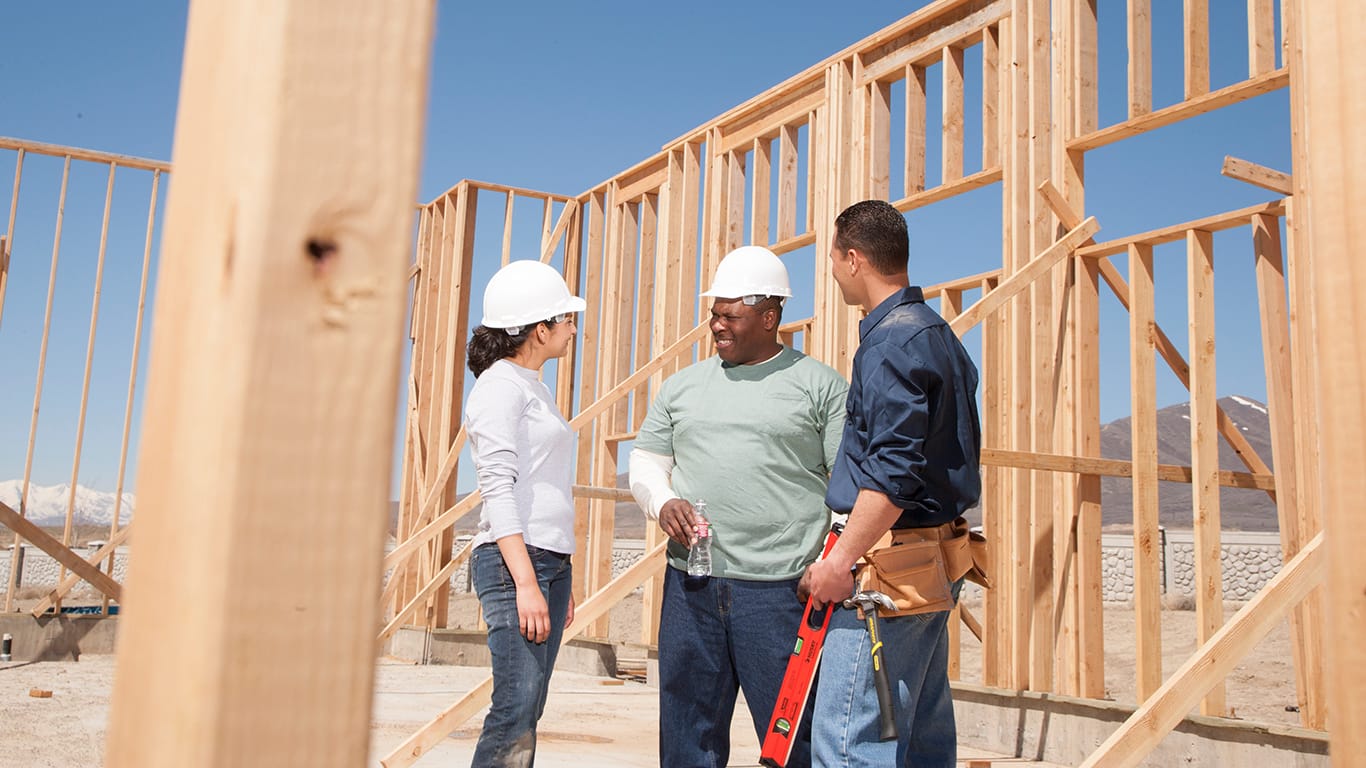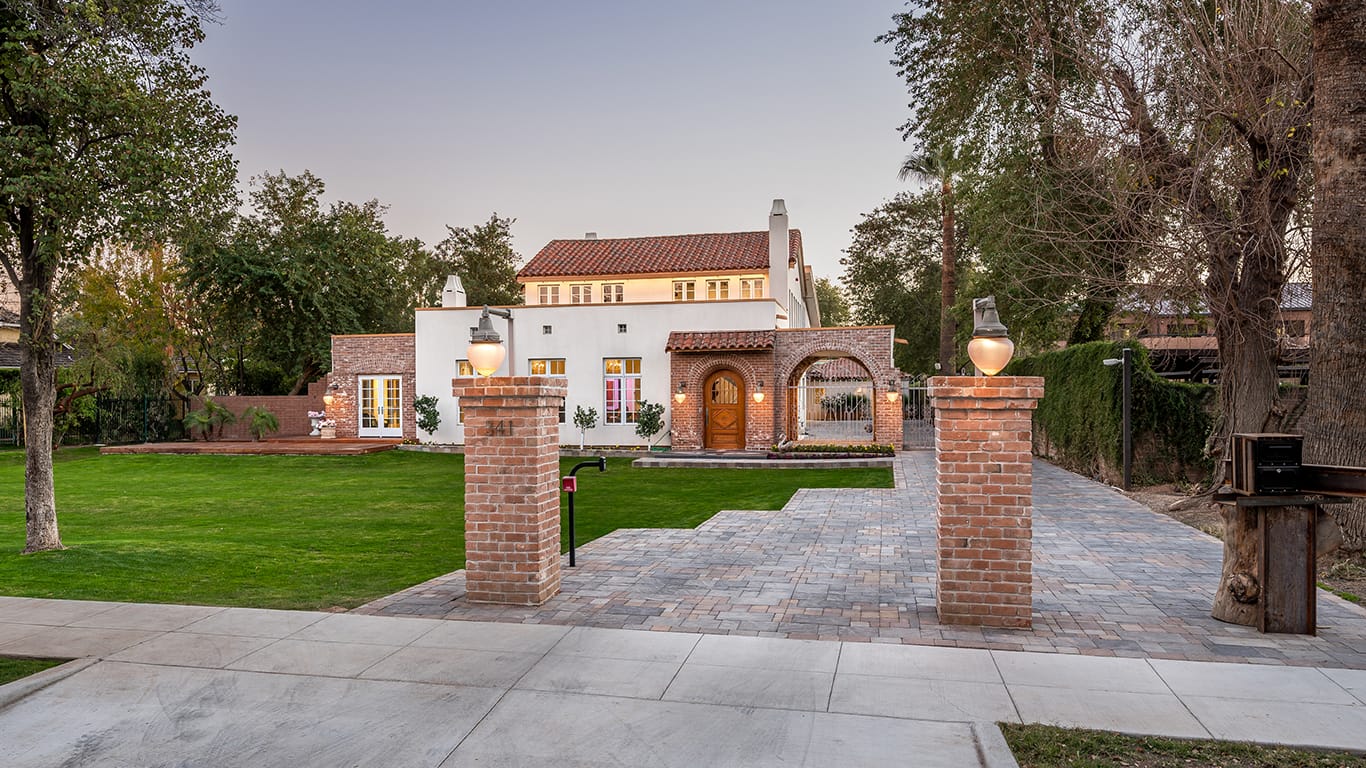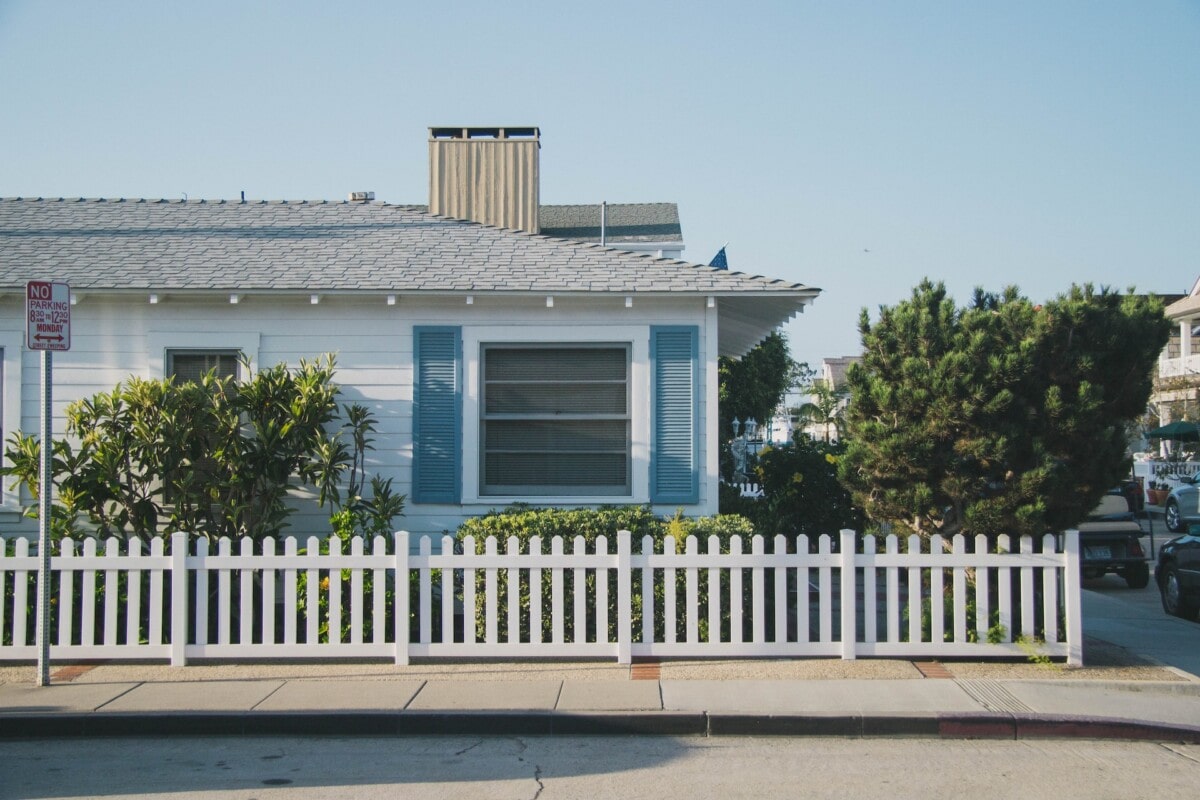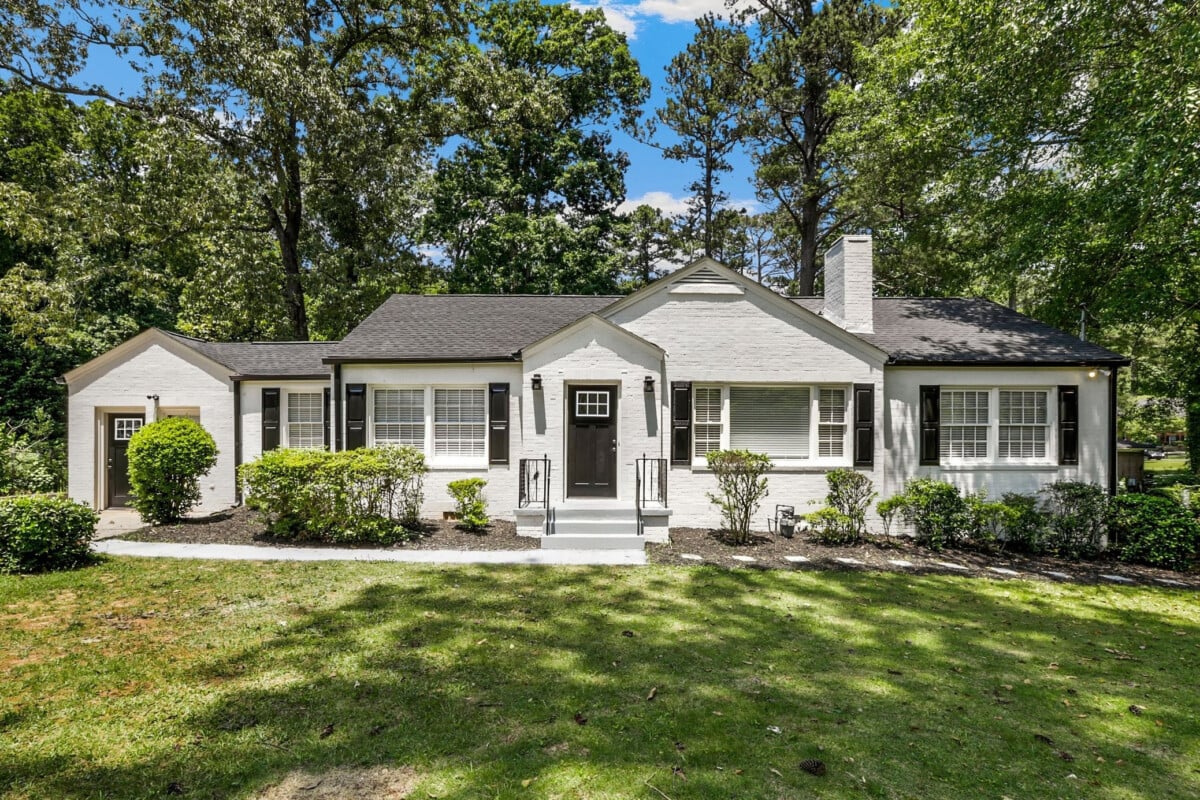How Much Should I Spend on a House? 5 Tips to Help You Make a Decision

1. Understand what percentage of your income should go toward your mortgage
To calculate how much you can afford to pay for a mortgage each month, start by adding up your gross annual income from all sources, including salary, wages, tips, and commissions. If you have a spouse or partner whose income will also contribute to the mortgage, make sure to include that as well. Divide the total by 12 to get your monthly income, and use that figure as the basis for your mortgage calculations.
Once you’ve determined your monthly income, it’s time to follow the 28/36 rule. According to this rule, you should not allocate more than 28% of your monthly income to housing and no more than 36% to all outstanding debts, including your mortgage. By staying within these parameters, you will have sufficient funds for groceries, fuel, holidays, and saving for your future.
Example: Let’s say you and your spouse are looking to buy a house in Anaheim and have a combined monthly income of $6,000. Applying the 28/36 rule, you wouldn’t want to spend more than $1,680 on house related expenses ($6,000 x .28) and $2,160 on total debt ($6,000 x .36).
2. Use an affordability calculator to calculate how much house you can afford
By inputting information such as your location, annual income, down payment savings, and current monthly expenses, our home affordability calculator can provide you with an overview of what kind of house you can afford to purchase.
Adding advanced filters such as monthly homeowners’ insurance, mortgage interest rate, private mortgage insurance (when applicable), loan type, and the property tax rate can further refine your calculations. The more data you enter, the closer you will be to finding out the ideal amount of house you can afford.
3. Consider current mortgage rates
The mortgage interest rate is the amount charged by a lender in exchange for loaning money to a buyer. It is expressed as a yearly percentage of the total loan amount but is calculated into the monthly mortgage payment.
The mortgage rate offered is a major factor in determining if you can afford to buy a home. It is important to note that even a small difference in the rate, such as one basis point (one-hundredth of a percentage point), could mean the difference between a home being affordable or unaffordable. Be sure to shop around and speak to numerous lenders to find the best rate.

4. Factor in additional costs of homebuying
It’s not all about your home’s purchase price. Below are the common costs associated with buying a house.
The largest initial expense is the down payment. When purchasing a home, a down payment is the cash you put towards the purchase price. Among the various loans available, you can find down payment requirements ranging from 3-20% of the home’s purchase price. If your down payment is less than 20%, you will likely need to pay private mortgage insurance (PMI). This insurance is to protect the lender in the event of you defaulting on your mortgage payments. The cost of PMI is between 0.5% and 1% of your annual mortgage, and this amount is added to your monthly payment.
Remember to include closing costs. Closing costs typically consist of lender and escrow fees, insurance, and taxes—all of which are necessary to finalize the sale of the home and make it legally yours. Expect to pay between 3-6% of the home’s total purchase price for closing costs. If you are purchasing a $500,000 home in Austin, for example, you can expect to pay somewhere in the range of $15,000–$30,000 in closing costs. These costs are due with your down payment when you close on the home.
5. Remember, being a homeowner comes with recurring expenses
When closing day is over, your responsibilities are not finished. Make sure to allocate enough funds in your budget to cover your monthly home expenses. Additionally, it is wise to save some money to make repairs and updates to your house in the future.
Utilities. If you have been renting in the past, you may not be familiar with the cost of utilities when owning a home. It can be difficult to estimate these expenses since some landlords cover sewer, water, and garbage in the rent. As the new homeowner, you should plan to pay for these utilities on top of your mortgage, as well as for internet, cable TV, natural gas, and electricity.
Property taxes and insurance. When purchasing a home, at closing, you will be expected to pay an initial part of the property taxes and homeowners insurance. However, you will need to keep up with them as long as you own the house. Property taxes and homeowners insurance can vary depending on the worth of your home, its locality, and any changes that may arise annually.
Home maintenance and emergency repairs. As a homeowner, it is your responsibility to take action when something breaks down or is damaged. This could be due to a malfunctioning major appliance, a plumbing leak, a broken air conditioning system, or a storm causing damage like ripped off roof shingles or uprooted trees. Additionally, it is important to set aside money for tasks that need to be done periodically, like cleaning out gutters, carpets, and pressure-washing the deck. For a comprehensive list of home maintenance tasks, consult a home maintenance checklist.
How much should you spend on a house: the bottom line
Many factors influence how much you should spend on a house, and the answer is personal. However, becoming aware of the basic costs can help you determine if this is an opportune time to buy and even save you money when purchasing your new home.
Categories
Recent Posts









